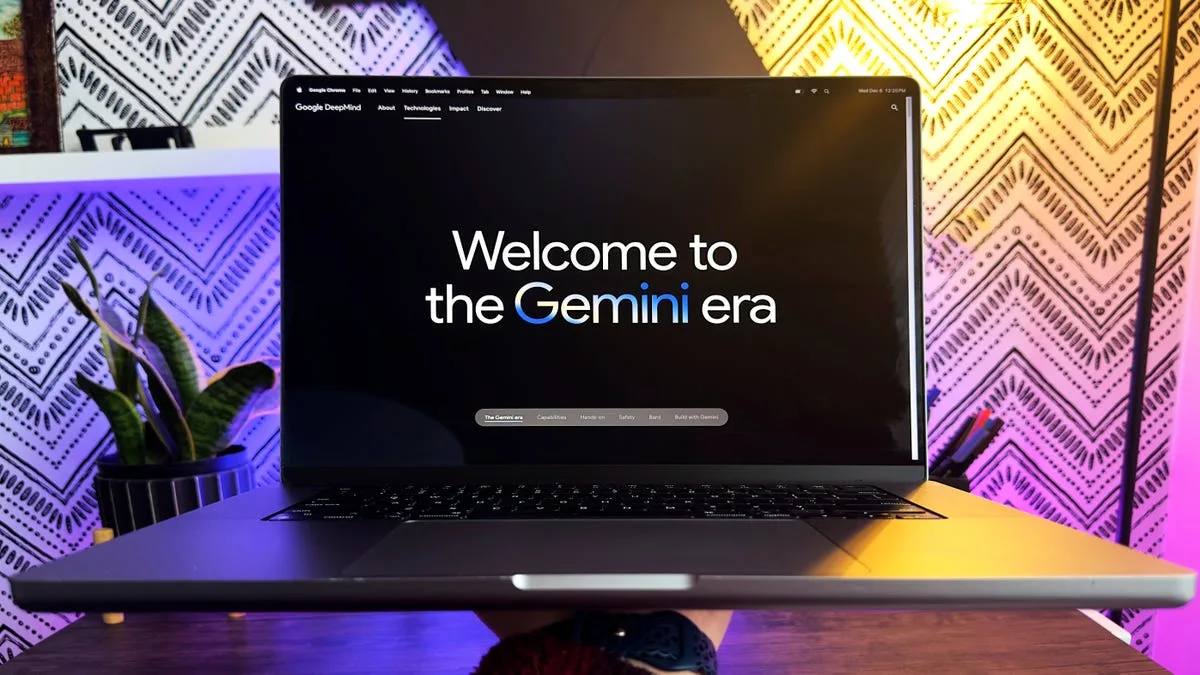How Open-Source AI is Challenging Wall Street’s High-Frequency Trading Giants
The Rise of a New Challenger
Wall Street’s highest echelons of trading have long been dominated by high-frequency trading (HFT) firms that employ expensive, proprietary systems to outmaneuver competitors in the fast-paced equity markets. However, a significant shift is on the horizon as open-source artificial intelligence (AI) emerges as a viable alternative. Companies like DeepSeek, a Chinese AI startup, present promising advancements that could democratize access to sophisticated trading technologies. This pivotal moment raises an intriguing question: Will accessible AI technologies bring about a major transformation in Wall Street, or will the entrenched power dynamics of finance keep the status quo?
Insights from Experts
Harry Mamaysky, a director of financial studies at Columbia Business School, notes that DeepSeek signifies a culmination of various technological innovations. He emphasizes that much of what is presently in the AI ecosystem is already open-source, referencing models such as Llama from Meta and contributions from Hugging Face.
But Mamaysky highlights key challenges that remain, primarily around the infrastructure and data considerations essential for running effective trading models. "The tricky part is getting the hardware to run this on, getting the data to feed to it, and then customizing the generic models to specific use cases," he explains.
Key Takeaways on Open-Source AI
Open-source projects promise distinct advantages that could reshape the financial landscape:
Community-Driven Innovation: These projects benefit from collaboration among developers worldwide, leading to continuous enhancements and refinements.
Rapid Development Cycle: Open-source advancements often outpace the slower development processes traditionally found in large financial institutions.
Lower Barriers to Entry: By eliminating substantial licensing fees typically ingrained in proprietary software, open-source AI could make sophisticated trading technology accessible to smaller firms and independent investors.
Customization Opportunities: Open-source models like DeepSeek can be tailored for various use cases without necessitating extensive technical management.
- Remaining Challenges: Despite its advantages, the high costs related to infrastructure and expertise in finance will still pose significant barriers to access.
The Evolution of AI Trading
Historically, AI and trading have had a long, interwoven relationship; AI began making inroads into financial trading as early as the 1980s with rule-based systems. The real evolution occurred in the late 1990s and early 2000s when machine learning began to overhaul quantitative trading mechanisms. Pioneering firms like Renaissance Technologies and D.E. Shaw used cutting-edge AI systems to detect market patterns and execute trades at lightning speeds.
High-frequency trading, now a fundamental component of market operations, depends heavily on AI capabilities. However, creating advanced AI trading models costs between $500,000 and $1 million, excluding ongoing expenses related to talent and infrastructure.
Distilling the Complexity of HFT
Current estimates suggest that algorithmic trading accounts for roughly 50% of Wall Street’s overall trading volume. Platforms like DeepSeek offer a stark contrast to traditional practices by embracing a collaborative approach, allowing a global pool of developers to continuously refine technology.
Yet, adopting open-source tools isn’t as straightforward as downloading code. Open-source solutions must compete with established trading systems that benefit from years of performance data and real-world validation. A particularly significant hurdle for open-source solutions is demonstrating their reliability in high-stakes, real-time trading environments.
Cost and Accessibility Challenges
One of the most compelling dimensions of open-source AI lies in its potential to slash initial setup costs. Traditional proprietary systems require hefty software licenses and substantial capital investment. For example, Citadel LLC—one of the financial giants—collaborates with Alphabet Inc. ("Google") to leverage over a million virtual processors, significantly speeding up computational processes. However, this partnership also demands enormous ongoing infrastructure investments.
In contrast, DeepSeek’s V3 and R1 models are accessible at no cost and carry an MIT license, allowing for both modification and commercial use. However, implementing such systems effectively is still contingent upon several key investments, including:
- High-performance computing hardware
- Acquisition of quality market data
- Robust security and compliance mechanisms
- Continuous maintenance and updates
- Expertise for adequate deployment and optimization
While DeepSeek’s code may be free to download, successfully deploying it in HFT environments presents a range of challenges well beyond mere software access.
The Costs of HFT for Average Investors
The economic implications of algorithmic HFT on retail investors remains a point of contention. Predictions of its costs to average investors vary, particularly given that much trading transpires in dark pools and off-exchanges. While earlier estimates from the 2010s placed these costs in the tens of billions, a 2021 study revised that figure to about $5 to $7 billion—specific to stock markets and not accounting for derivatives or other trading forms.
Advocating for Transparency and Accountability
Open-source AI embodies transparency advantages that proprietary systems often lack. Open-source allows for public scrutiny of algorithms, enabling stakeholders to audit and adjust systems to meet specific regulatory standards. A prime example is IBM’s AI Fairness 360, an open-source suite designed for auditing and mitigating biases in AI models.
However, it’s essential to recognize that many proprietary systems are also adopting improved transparency measures due to regulatory pressures. Major financial firms increasingly focus on ensuring that their models are transparent enough to satisfy statutory compliance and internal risk management needs. While proprietary models may strive for transparency internally, open-source solutions benefit from external community-driven validation, often accelerating problem-solving efforts.
Bridging the Innovation Gap
DeepSeek’s achievements have garnered attention even from industry heavyweights like OpenAI’s Sam Altman, who noted in early 2025 the significant role open-source models could play in shaping the future. Yet Mamaysky cautions that the shift toward open-source AI faces distinct challenges: developing scalable hardware, acquiring high-quality data, and sufficiently adapting generic models for specific trading requirements.
As it stands, the advantages entrenched firms possess in resources and experiences are unlikely to vanish anytime soon. "Open-source AI, in and of itself, does not pose a risk [for competitors] in my view," he explains, emphasizing that the crux of competitive advantage will revolve around data centers, data quality, training, and process robustness.
Geopolitical Implications on AI Development
The race in AI technology is influenced by global geopolitics. Former Google CEO Eric Schmidt has issued warnings that the U.S. and Europe need to invest adequately in open-source AI models, cautioning that failure to do so could result in losing traction to nations like China. This broader outlook underscores that financial AI’s future may hinge on strategic decisions about how trading technologies are developed and shared across borders.
The Future Landscape of Wall Street’s Trading Systems
The emergence of platforms like DeepSeek heralds a significant evolution in the realm of financial technologies. Yet despite its transformative potential, open-source AI does not represent an imminent threat to established Wall Street frameworks.
While tools like DeepSeek promise reduced licensing fees and foster increased transparency, Mamaysky warns that "whether models are open source or proprietary is potentially not a primary concern" for these colossal entities.
As likely outcomes unfold, we are poised for a hybrid future where both open-source and proprietary tools coexist. The paramount question isn’t whether open-source AI will replace traditional systems but rather how it will mesh with established infrastructures moving forward.
Conclusion
Open-source AI is an exciting frontier that could redefine trading on Wall Street, but it is important to understand that it doesn’t magically level the playing field. We may not witness a full revolution overnight, as foundational investments and established practices remain firmly in place. The integration of open-source models into existing frameworks could pave the way for a more inclusive and efficient trading landscape, signaling a shift toward a collaborative future in finance.







